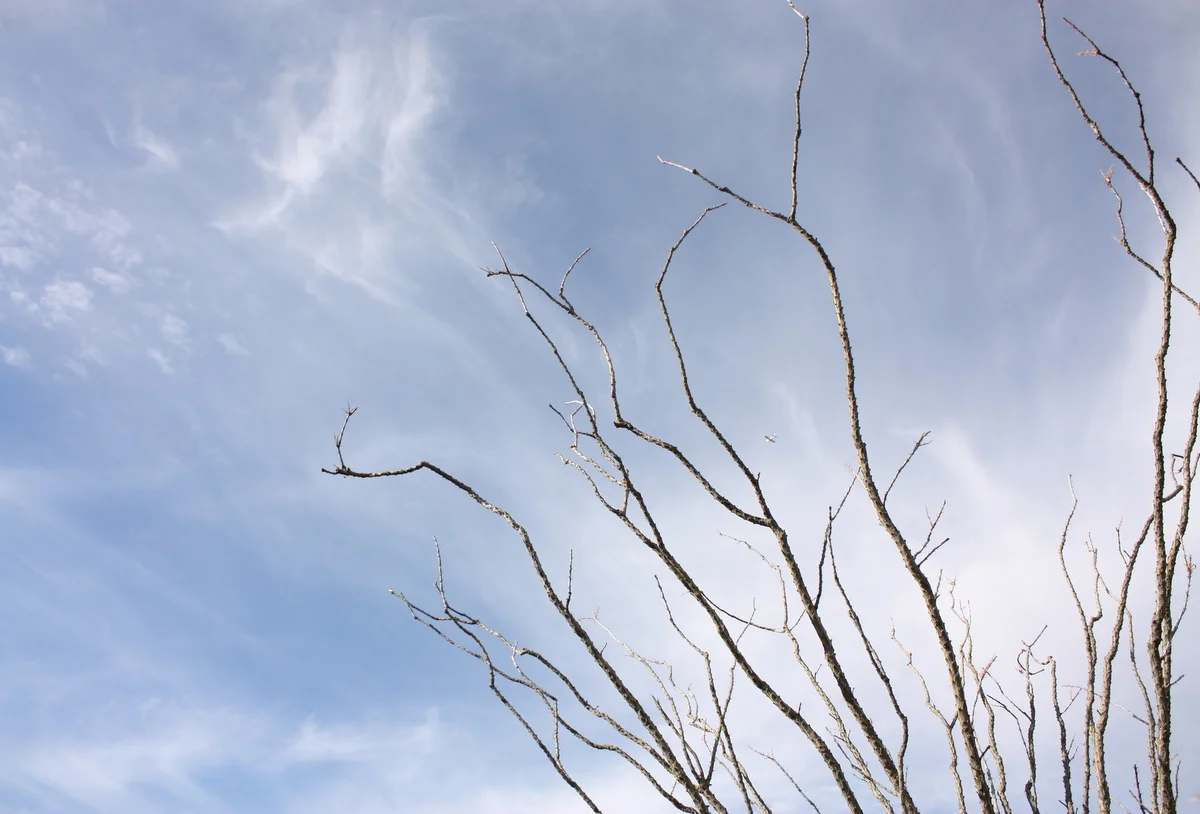




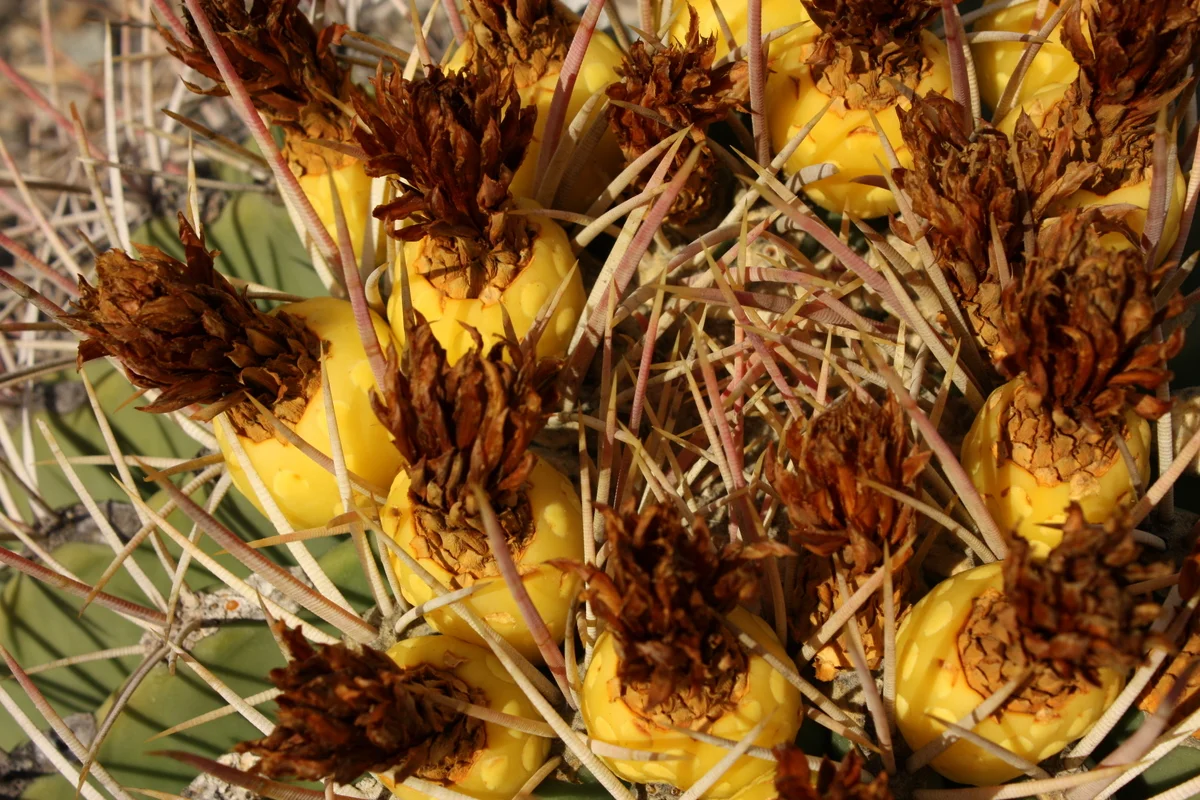


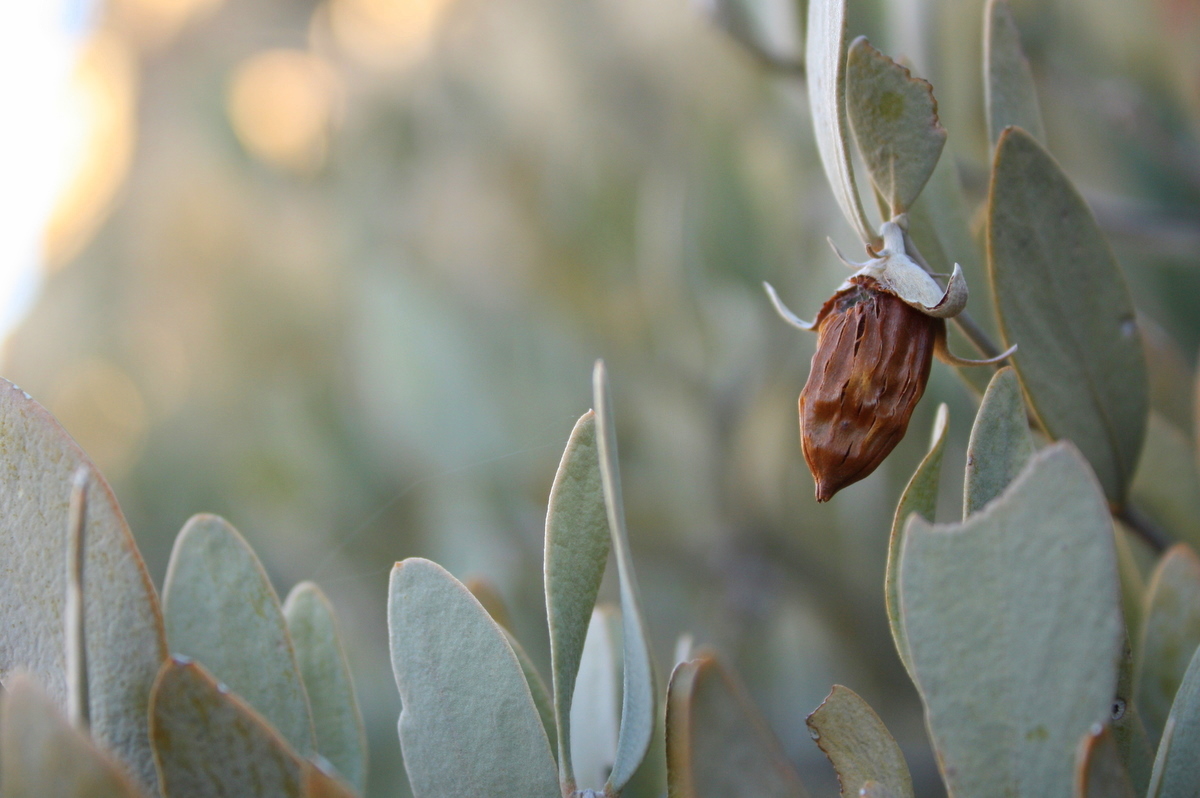
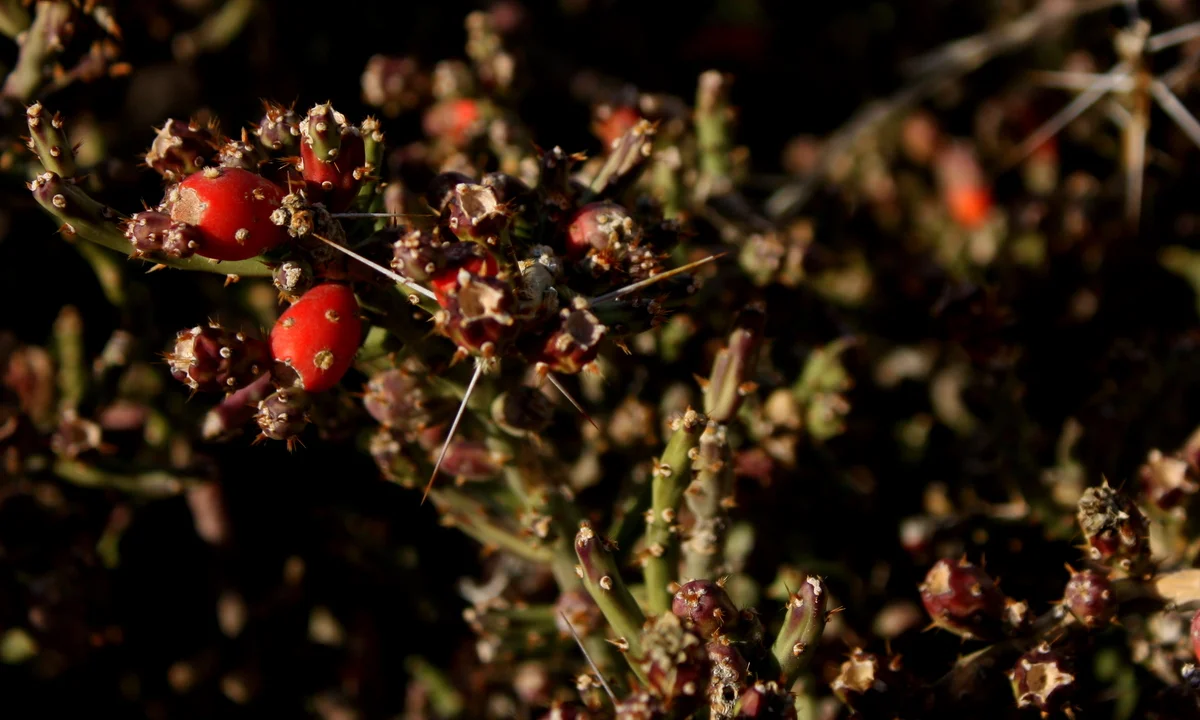

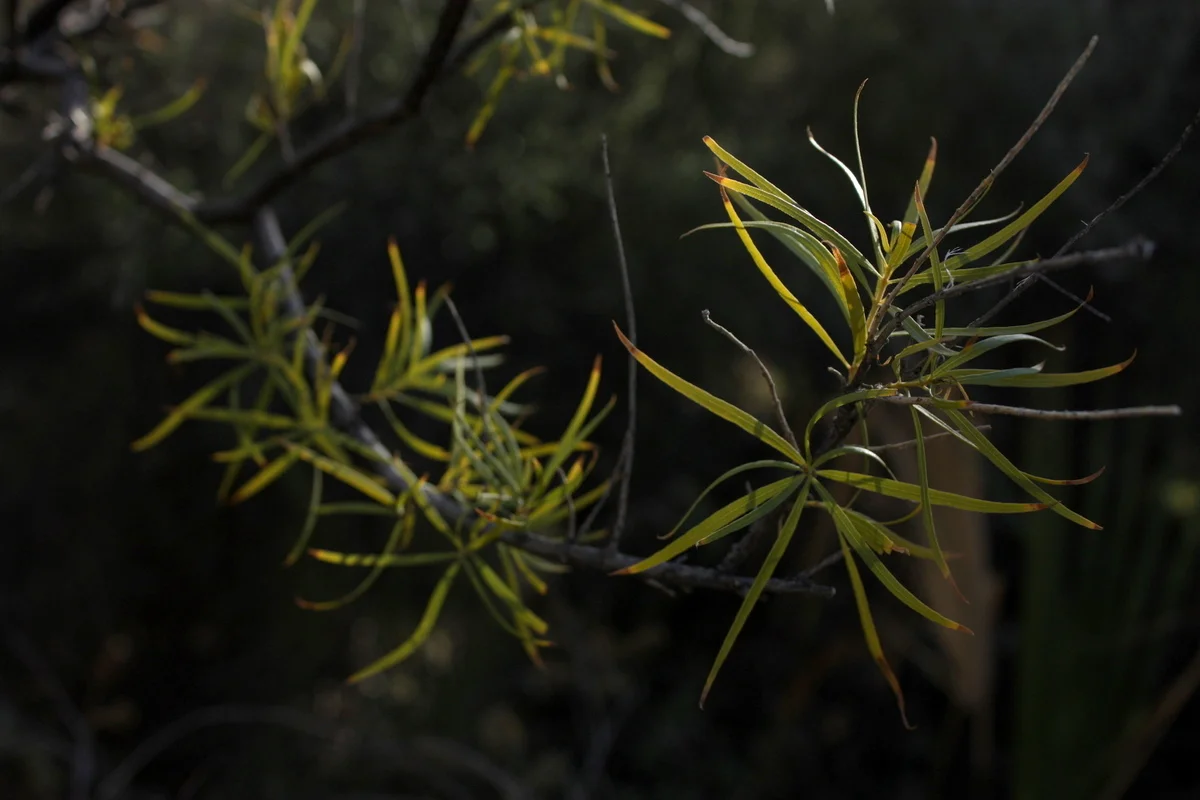



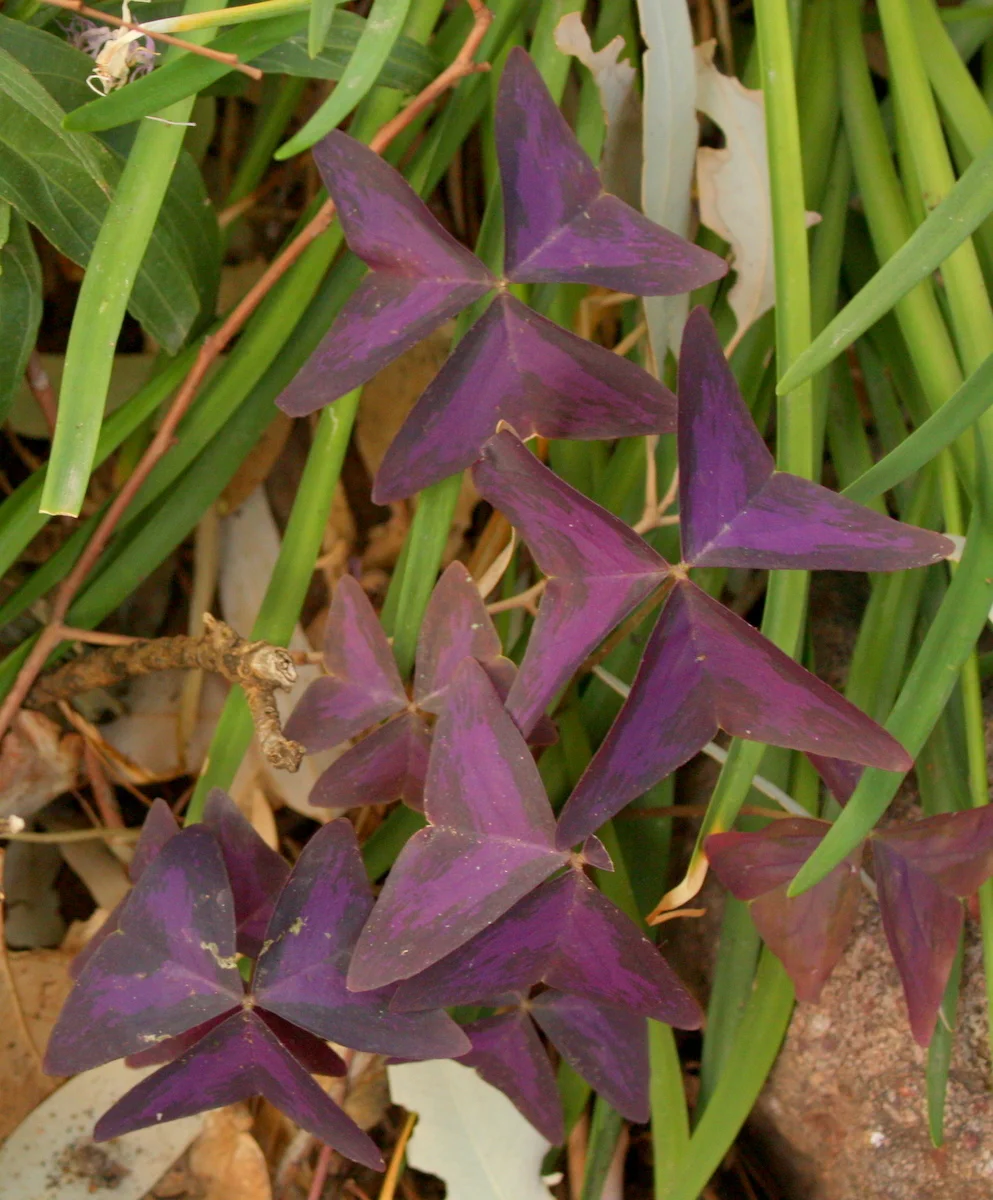
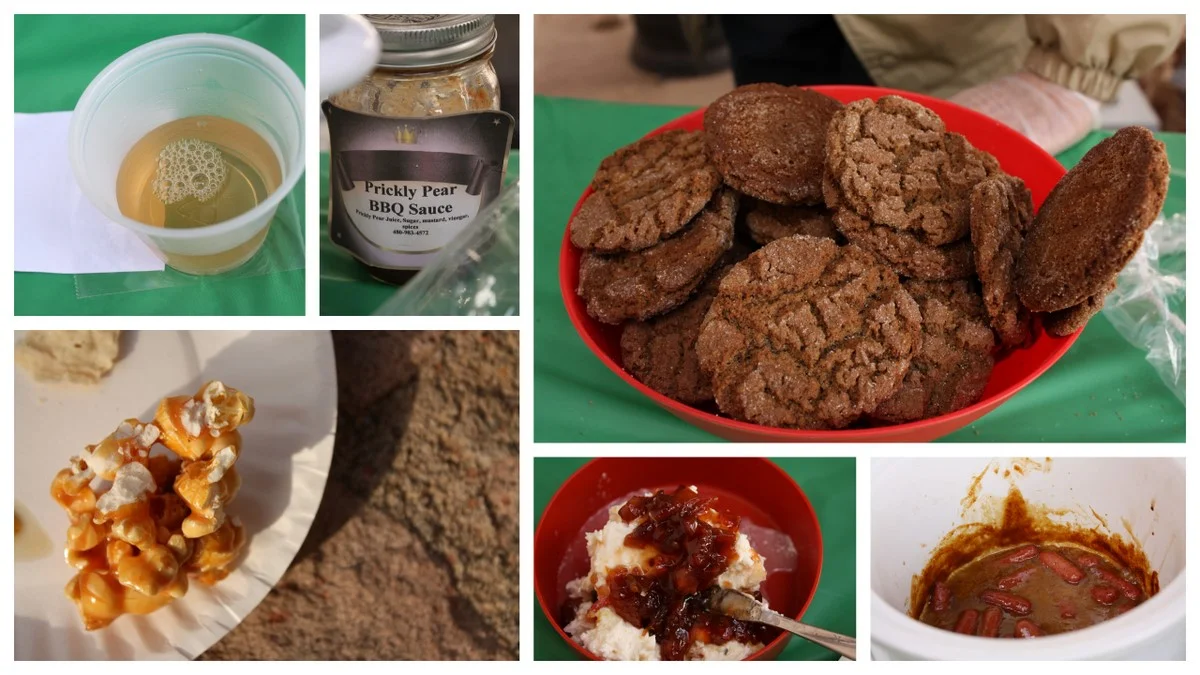

December 10. 2011 My sister and I went to Boyce Thompson Arboretum in Superior, AZ (about 60 miles outside Phoenix) for an edible plant walk led by Jean Groen, a local author and hike leader who also makes preserves and other foods from Sonoran plants. (http://www.wells-groen.com/) Here's some pix from that walk and a similar walk I took at the Arboretum on my last visit home. First: the ocotillo (Fouquieria splendens). It's used in a medicinal tea for ailments like vericose veins and hemorrhoids. The blossoms make a lovely edible garnish. The seeds were also used in gruel, cakes, etc.

Had already been reading about creosote (Larrea tridentata) in 'Gathering the Desert' by Gary Nabhan. Used by native folks for colds, lung maladies, gastrointestinal issues, lady problems, nausea, dandruff, body odor, and post-nasal drip. Jean said that you can pickle the bud of a creosote and pioneers used them as a sort of false caper. Did you know that a creosote plant is one of the oldest living organisms on Earth? The "King Clone" in CA has been alive for 11,700 years. http://en.wikipedia.org/wiki/King_Clone Nabhan also notes that 20 of 21 creosote plants destroyed in a nuclear bomb test in Nevada later resprouted. Don't mess with this plant.

Here Jean describes some parts of the agave. I'd also been reading about it in Gathering the Desert, and how mescal is made from the roasted hearts of agave. Agaves are harvested for teetotaling purposes, too, making food from the hearts and flower stalks, and using as a source of fiber and medicine. More on this plant here: http://bit.ly/tCE2pT

Mormon tea (Ephedra viridis). "The Indians prepared Ephedra as a tea for stomach and bowel disorders, for colds, fever, and headache. The dried and powdered twigs were used in poultices for burns and ointments for sores. One tribe made a decoction of the entire plant and drank it to help stop bleeding." I'd always heard that the tea was named for actual Mormons who used it as a coffee substitute, but Jean said that it was named for a man named Mormon who was a snake oil salesman. She also said the tea has a similar flavor to green tea, and that she makes a jelly from the tea as well. It's also high in vitamin C. http://www.gcrg.org/bqr/7-3/mormon-tea.htm

Golden barrel cactus (Echinocactus grusonii). Jean noted this plant was the "George Foreman grill" of native folks. They would cut off the top, scoop out the insides and use hot stones to cook food.

Jean said to determine the ripeness of the barrel cactus fruit, hold the fruit by the head and shake slightly. It's ripe enough when you can wiggle it like a loose tooth. The fruit "can be picked and eaten raw right off the plant; both the flesh and the seeds inside can be eaten raw or cooked. The flesh is slightly mucilaginous (slimy like okra). The taste is tart; somewhere between lemon and kiwi fruit. The seeds may be separated and ground to a mush. If you pick a fruit that has been on the cactus for sometime, check for insects unless you don’t mind the extra protein. The flower buds can be eaten also. The buds were often boiled and used like cabbage by native tribes." http://tucsoncitizen.com/wryheat/2009/08/01/edible-desert-plants-barrel-cactus-fruit/

White ratany. "Native Americans consider white ratany to be an important medicinal plant. An infusion of the roots was used to treat skin irritations, diabetes, hepatitis, upset stomach, and diarrhea. Modern pharmacologists confirm that white ratany roots contain anthocyanins and other anti-microbial compounds. The reddish colored roots were also used to make a dye, and the fibers were used in basketry." http://www.azfcf.org/docs/DAC/A-Pretty-Parasite.Miller.pdf

Triangle-leaf bursage (Ambrosia deltoidea). This is used as a gargle for sore throats. It's also a digestive stimulant.

Jojoba (Simmondsia chinensis). It's known for its use in toiletries. The O'odham people made an antioxidant salve from the nut. Jean said it also makes a decent coffee substitute.

Desert willow (Chilopsis linearis). "Flowers leaves, or bark can be used as a hot poultice or a soothing tea for coughing. Other treatments guard against yeast infections, athlete’s foot and a first-aid technique for scrapes and scratches. The plant carries an additional use as an anti-fungal and anti-candida product (yeast). The tea (from the flowers) produces a natural anti-oxidant, which promotes cardiovascular health and regulates glucose metabolism." http://medplant.nmsu.edu/chilopsis.shtm

Yellow bells/Trumpet flower (Tecoma stens). The dried seed pod of the plant. Used in Mexico to treat adultionset diabetes and asthma. A tea made from the plant can aid digestion. Also used to help eliminate cold sores. The roots are used to brew beer.

Prickly pear (Opuntia engelmannii) with its fruit aka "tuna." The fruits are eaten and made into various forms of preserves. The paddles of the cactus (nopal) are edible and used in Mexican cooking especially. It's also used to fight adult-onset diabetes and can be used as a poultice for skin problems. The flowers of the plant can be dried and used as a medicinal tea for ailments like asthma, divericulosis and colitis.

A small scale insect - cochineal - often is found on the pads of the prickly pear. You can see the small red spot in the middle of the white fluff on the left-hand side of the picture. It is used to make the red dye carmine. From Wikipedia: "Today, it is used as a fabric and cosmetics dye and as a natural food colouring... When used as a food additive the dye must be included on packaging labels.[26] Sometimes carmine is labelled as E120...Natural carmine dye used in food and cosmetics can render the product unacceptable to vegetarian or vegan consumers, many Muslims consider carmine-containing food forbidden (haraam) because the dye is extracted from insects, and Jews also avoid food containing this additive (even though it is not treif and some authorities allow its use because the insect is dried and reduced to powder)." The right side shows the damage the insects do to the pads. http://en.wikipedia.org/wiki/Cochineal

It wasn't part of the walk, but I ran into some wood sorrel in the demo garden. I saw the green, shamrock-looking one I'm familiar with from the Pac NW, but next to it was this purple, triangle-shaped one that I'd never seen before. It, like the green kind, is edible. http://en.wikipedia.org/wiki/Oxalis_triangularis

As a treat after the walk, Jean shared a variety of foods she'd made using Sonoran ingredients. Mesquite-ginger cookies, prickly pear BBQ sauce, mesquite marmalade, ocotillo tea and popcorn with prickly pear syrup.
-------------
For more outdoor slideshows, click here.
For more Arizona slideshows, click here.
For more flora slideshows, click here.
For more foraging slideshows, click here.
For more slideshows about making stuff, click here.
For other slideshows in other categories, click here.